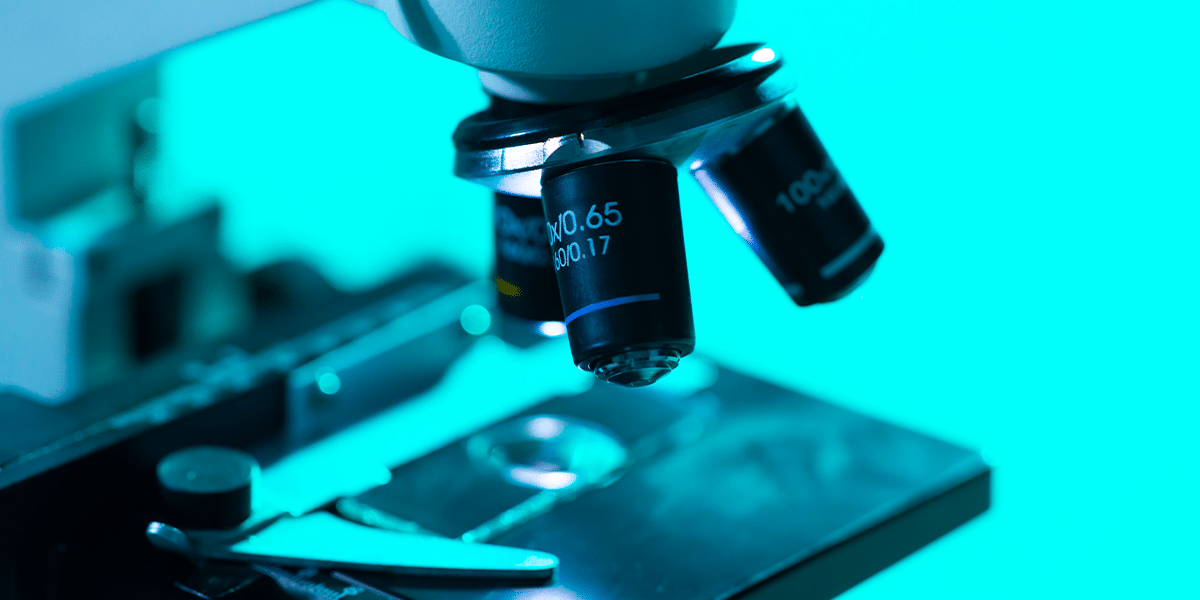Image Commercially Licensed From: DepositPhotos
Laboratory operations encompass various activities and procedures conducted in a laboratory setting. These operations are crucial for various scientific and research endeavors. But how do laboratories ensure the safety of their operations?
Laboratory operations are essential for innovation, with liquid transfers crucial for ensuring efficiency and safety in scientific research. The accurate handling of liquids is paramount in various scientific disciplines. There is a growing potential to refine liquid transfer methods with technological advancement.
There’s a high chance of human errors, technique variations, and contamination risks in traditional manual pipetting. Hence, there’s a move towards using automated systems for liquid handling. These automated systems make things more precise, decrease differences in results, and allow for conducting experiments on a larger scale.
In this article, we’ll explore the challenges faced in lab operations, the existing technologies addressing these challenges, and the future of liquid transfers that promise enhanced efficiency and safety.
What Is Microfluidics?
Microfluidics, manipulating small fluid volumes, provides increased efficiency and reduced contamination risk. Acoustic liquid handling and digital microfluidics are emerging technologies that further push the boundaries of liquid transfer capabilities. The future of lab operations involves integrating these technologies for comprehensive solutions, like what KNF provides, making them more accessible to diverse research environments and fostering a more efficient and safe research landscape.
Advancements in Microfluidics
Microfluidic devices can control small amounts of liquids in tiny channels. These devices give us precise control over how liquids move and let us do many things on one small chip. By making liquid handling smaller, we can work more efficiently, use fewer samples, and make experiments more reliable.
Microfluidics excels at parallel processing, enabling simultaneous multiple experiments on a single chip. This not only accelerates research but also conserves resources. Additionally, the closed systems inherent in microfluidic devices minimize the risk of contamination, addressing a critical concern in lab operations.

Automation in Liquid Handling
Automated systems have robotic arms and smart software that help do the liquid work accurately and consistently. This makes things more accurate and reduces the chance of things getting contaminated.
Scientists doing research can tell these machines what to do, allowing them to run many experiments quickly. They don’t have to do repetitive tasks and can spend more time on important and thoughtful parts of their work.
Regular machines that handle liquids have some downsides. They can be expensive to start, are a bit complicated to use, and require special training. These challenges impede their widespread adoption, particularly in smaller research facilities. Furthermore, these systems may lack the flexibility needed to accommodate diverse experimental setups.
Despite their advantages, these limitations underscore the need for ongoing advancements and innovations in automated liquid handling technology to make it more accessible and adaptable to the varied needs of different laboratory settings.
Emerging Technologies: Acoustic Liquid Handling and Digital Microfluidics
Acoustic liquid handling and digital microfluidics are revolutionizing laboratory liquid transfers. Acoustic handling uses sound waves for contactless precision, minimizing the risk of contamination.
Digital microfluidics utilizes electrowetting to control liquid droplets precisely on a single platform, providing an accurate and efficient solution. These liquid handling technologies significantly enhance experiment accuracy and speed, opening up new possibilities for research and improving laboratory process efficiency and reliability.
The Future of Lab Operations: Integration and Accessibility
The future of lab operations centers on the seamless integration of various liquid transfer technologies in different research jobs. Combining automated liquid handling systems, microfluidics, acoustic liquid handling, and digital microfluidics results in a comprehensive solution catering to diverse research environments. This integration enhances efficiency and promotes a versatile approach to liquid handling tasks.
We must focus on making these advanced technologies easy for everyone to use. This means making the interfaces simple, operations straightforward and designs cost-effective. The idea is to ensure these high-tech tools are accessible and affordable for various people in different labs.
The goal is to make these cutting-edge liquid transfer methods accessible to a broader spectrum of laboratories. The scientific community can democratize access to efficient and secure liquid handling techniques by emphasizing simplicity and affordability, fostering innovation and progress across various research disciplines.
Conclusion
Getting liquids transferred efficiently and securely is important for labs to work well. Labs are evolving in how they handle liquids, thanks to automation, microfluidics, acoustic liquid handling, and digital microfluidics. Making these approaches easier to use accelerates scientific discoveries and ensures trustworthy experiments. Labs are always working on making liquid transfers better and safer, and it’s a top priority for innovation in the field.
Published by: Nelly Chavez



















